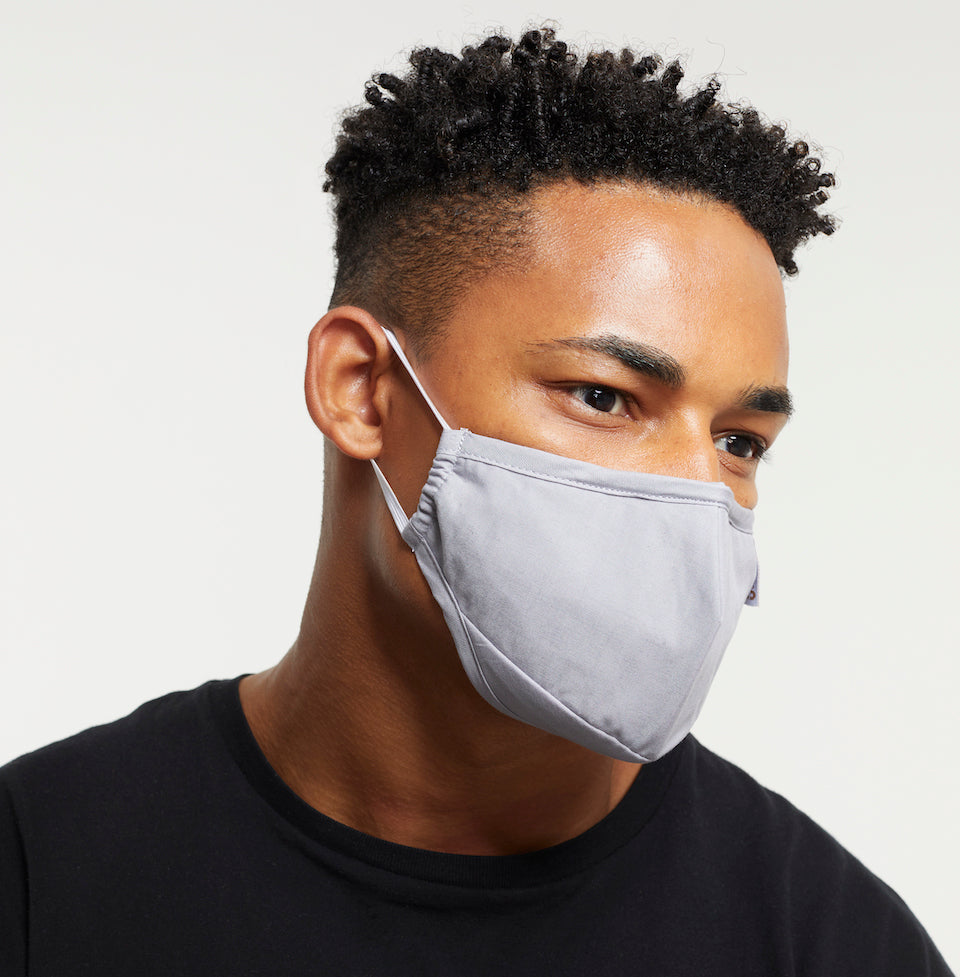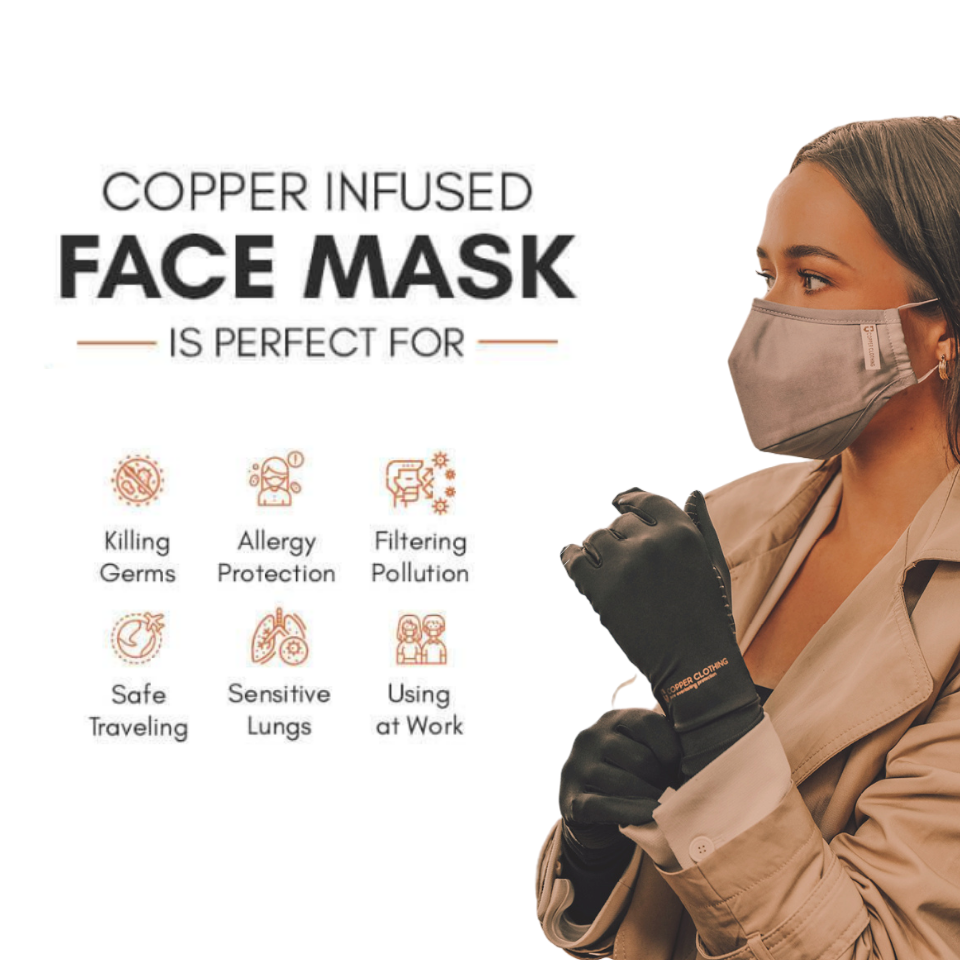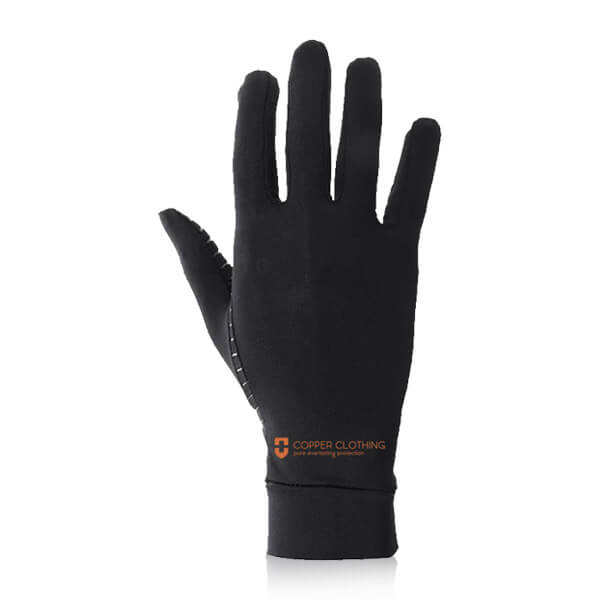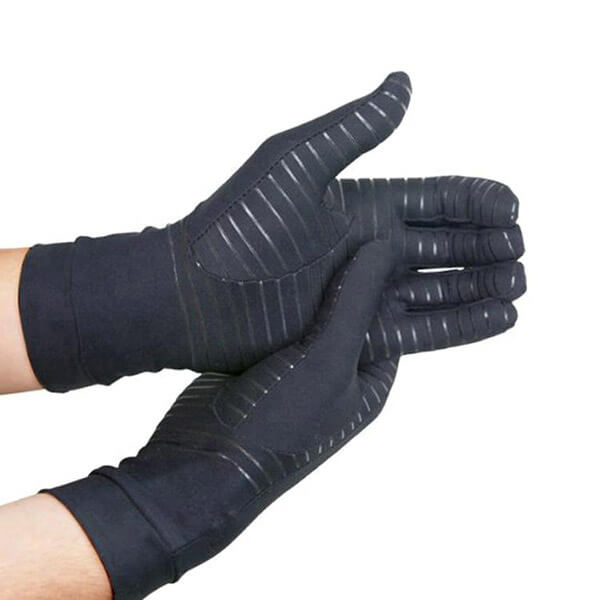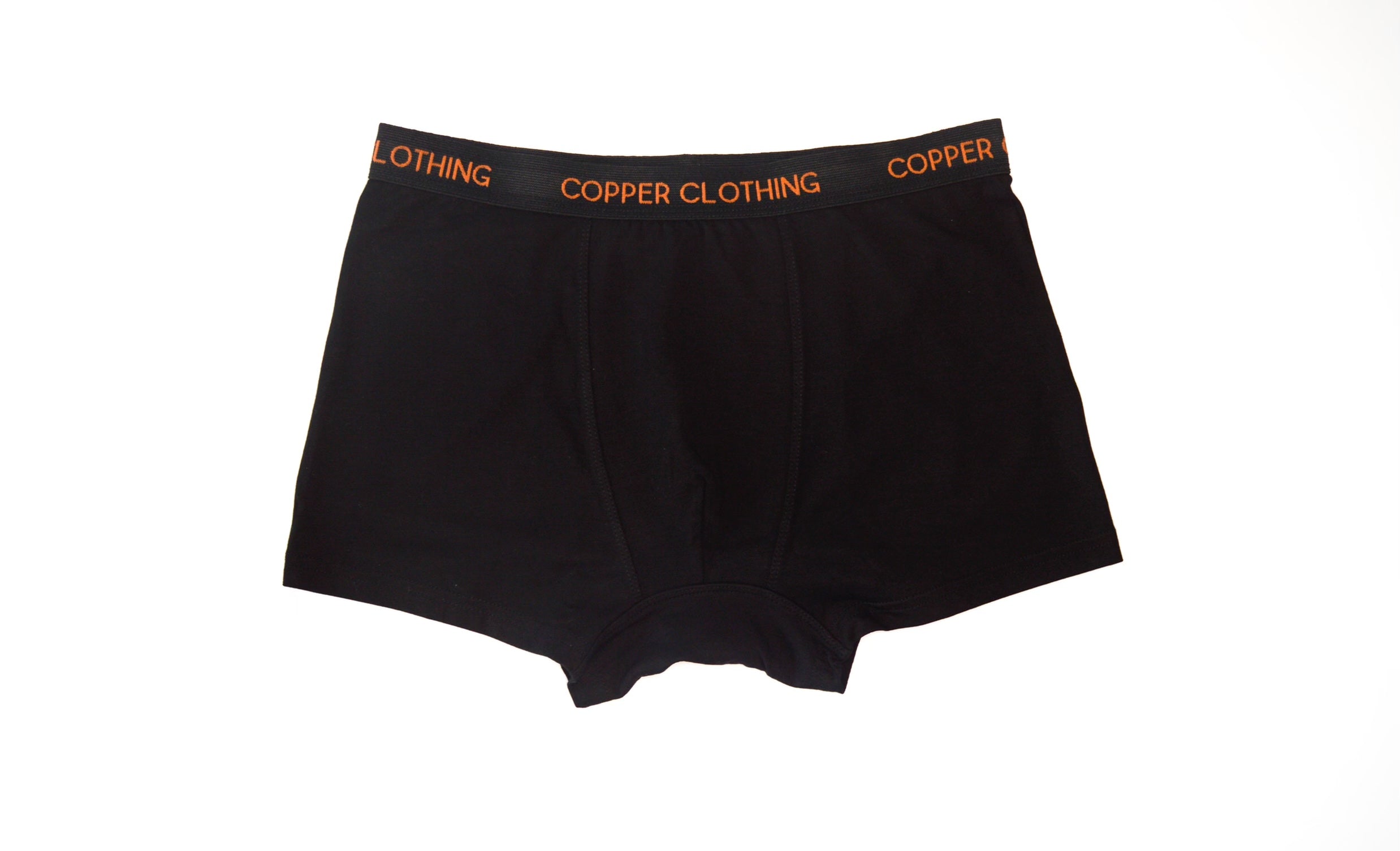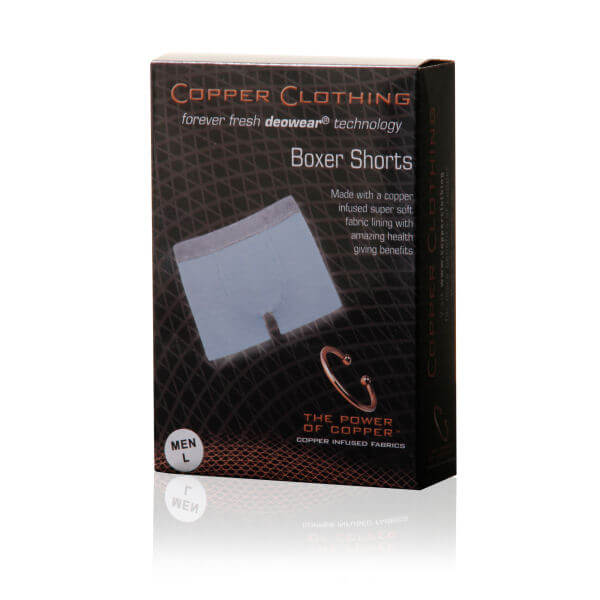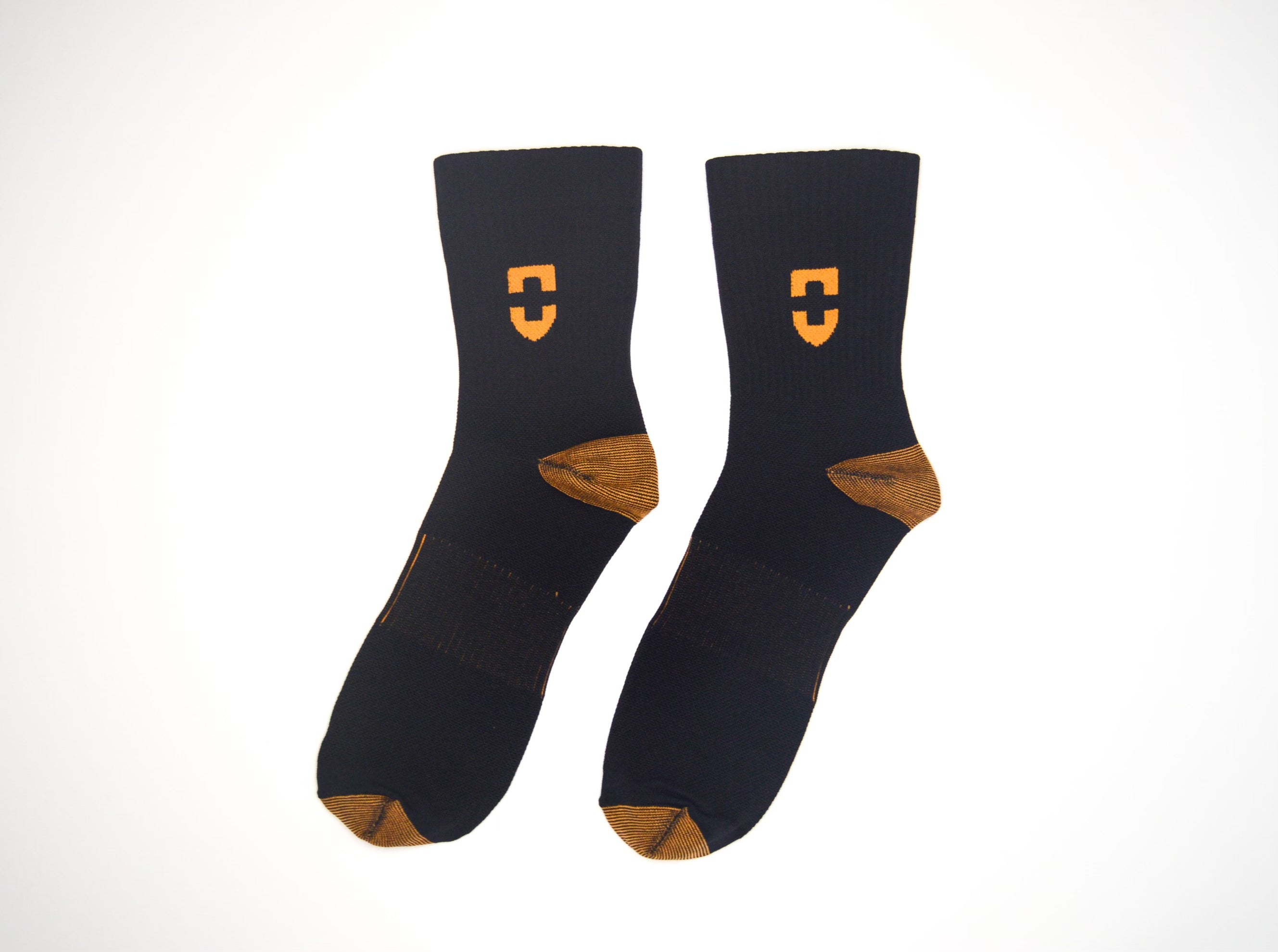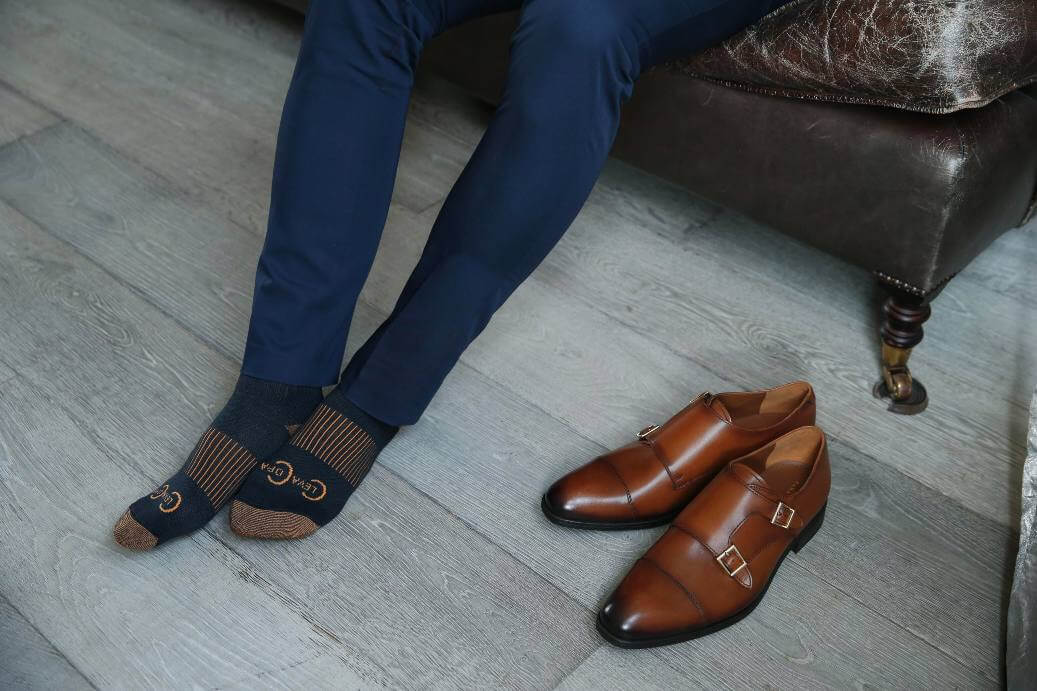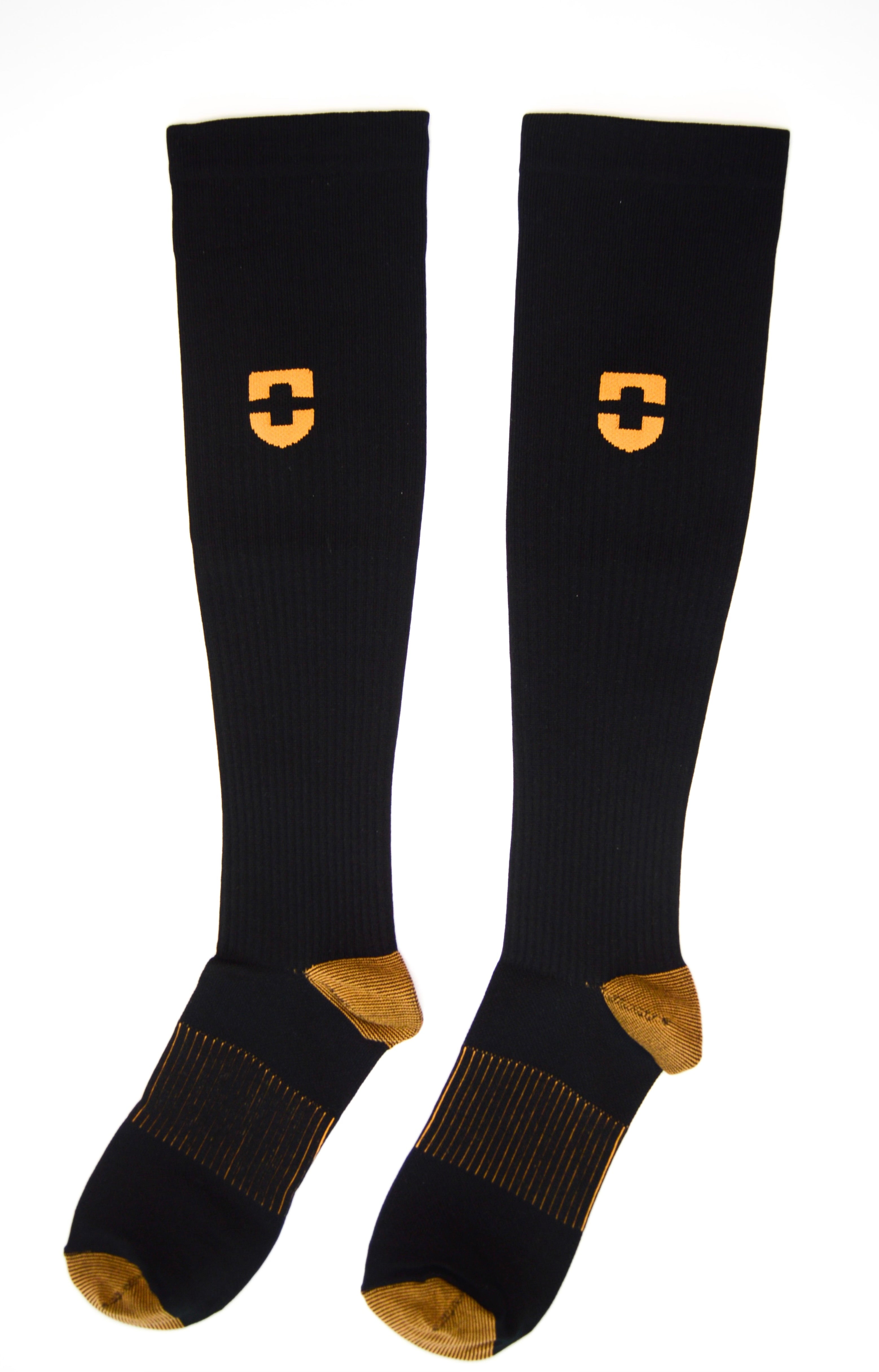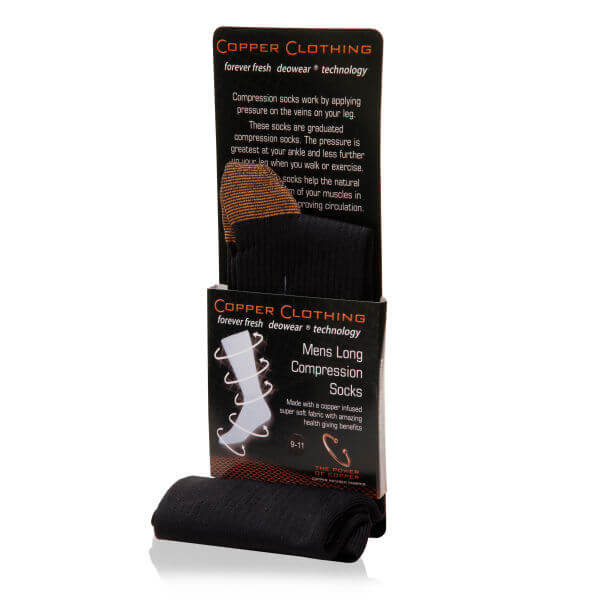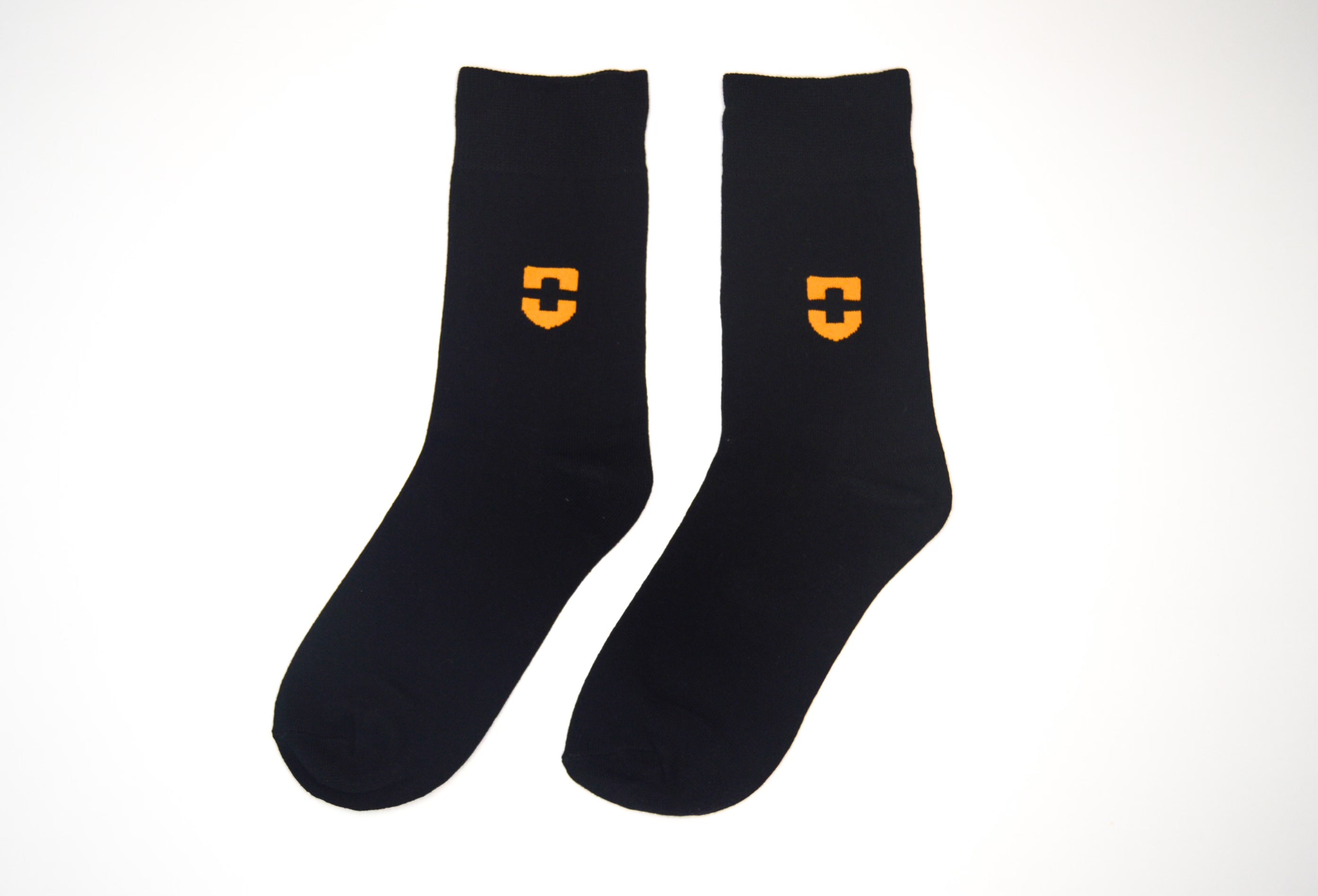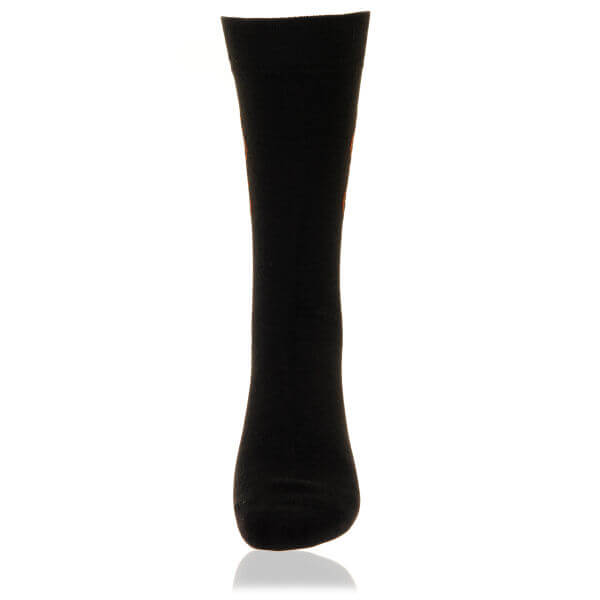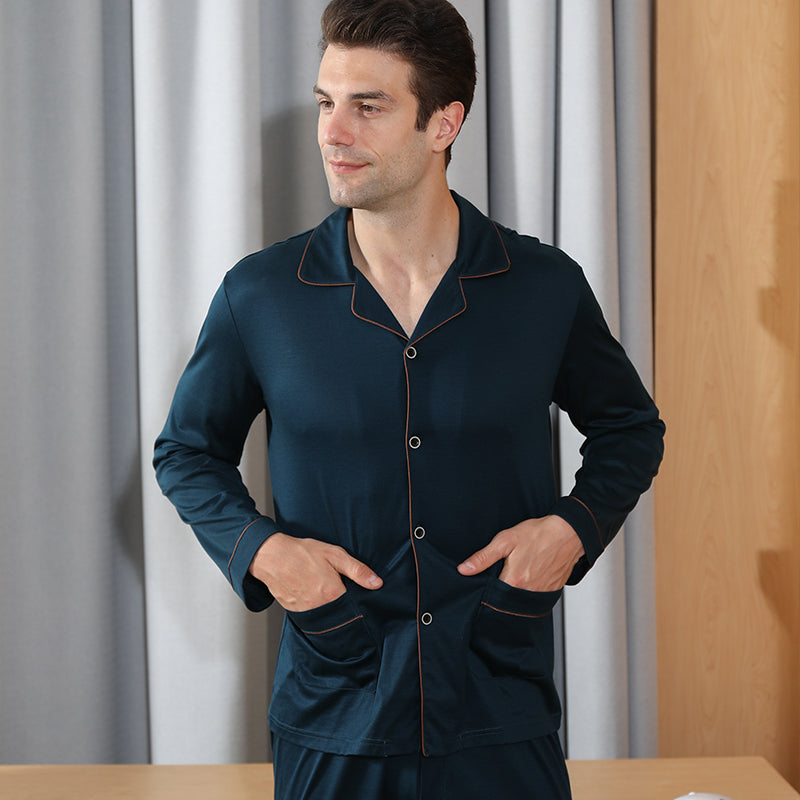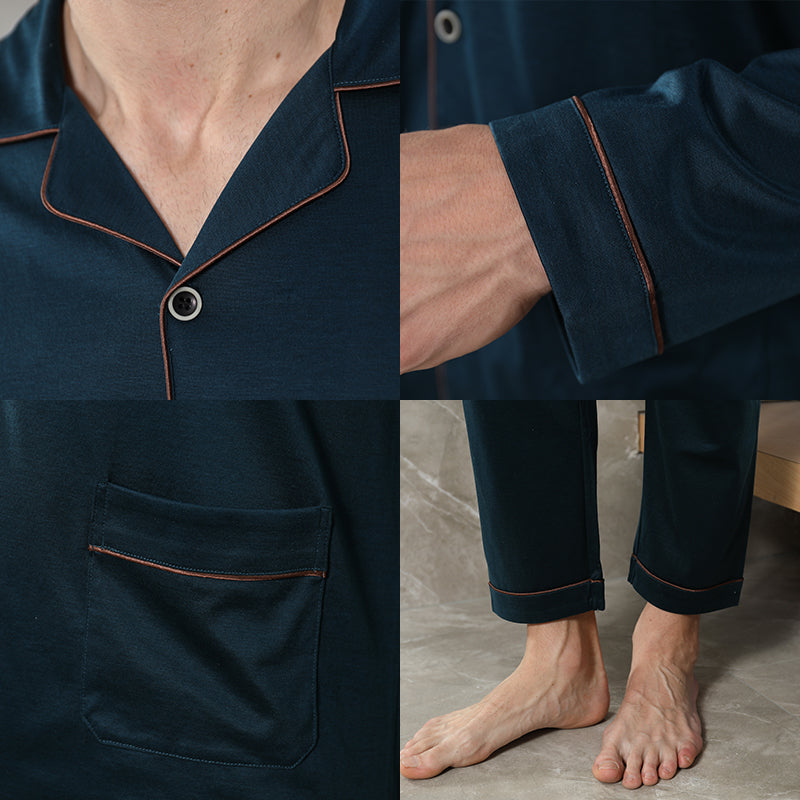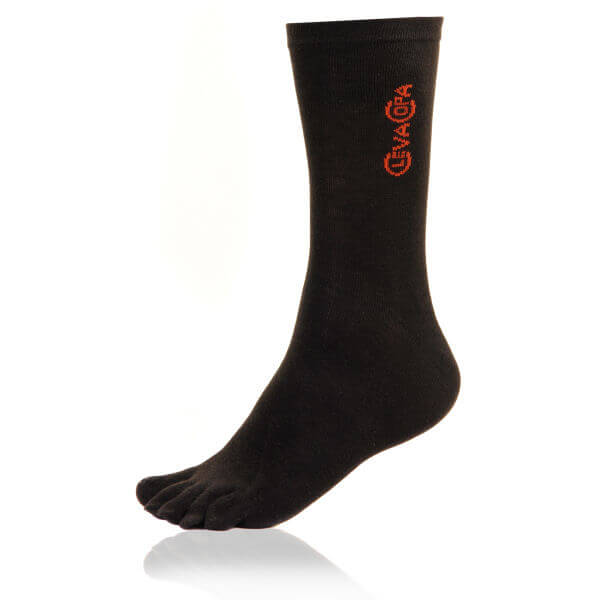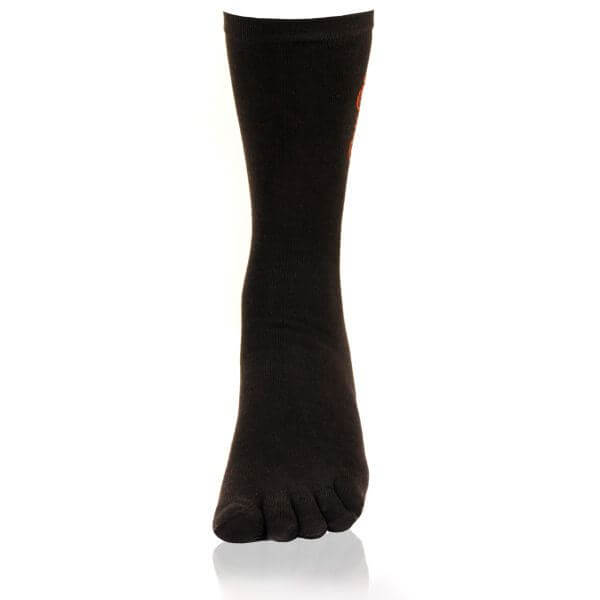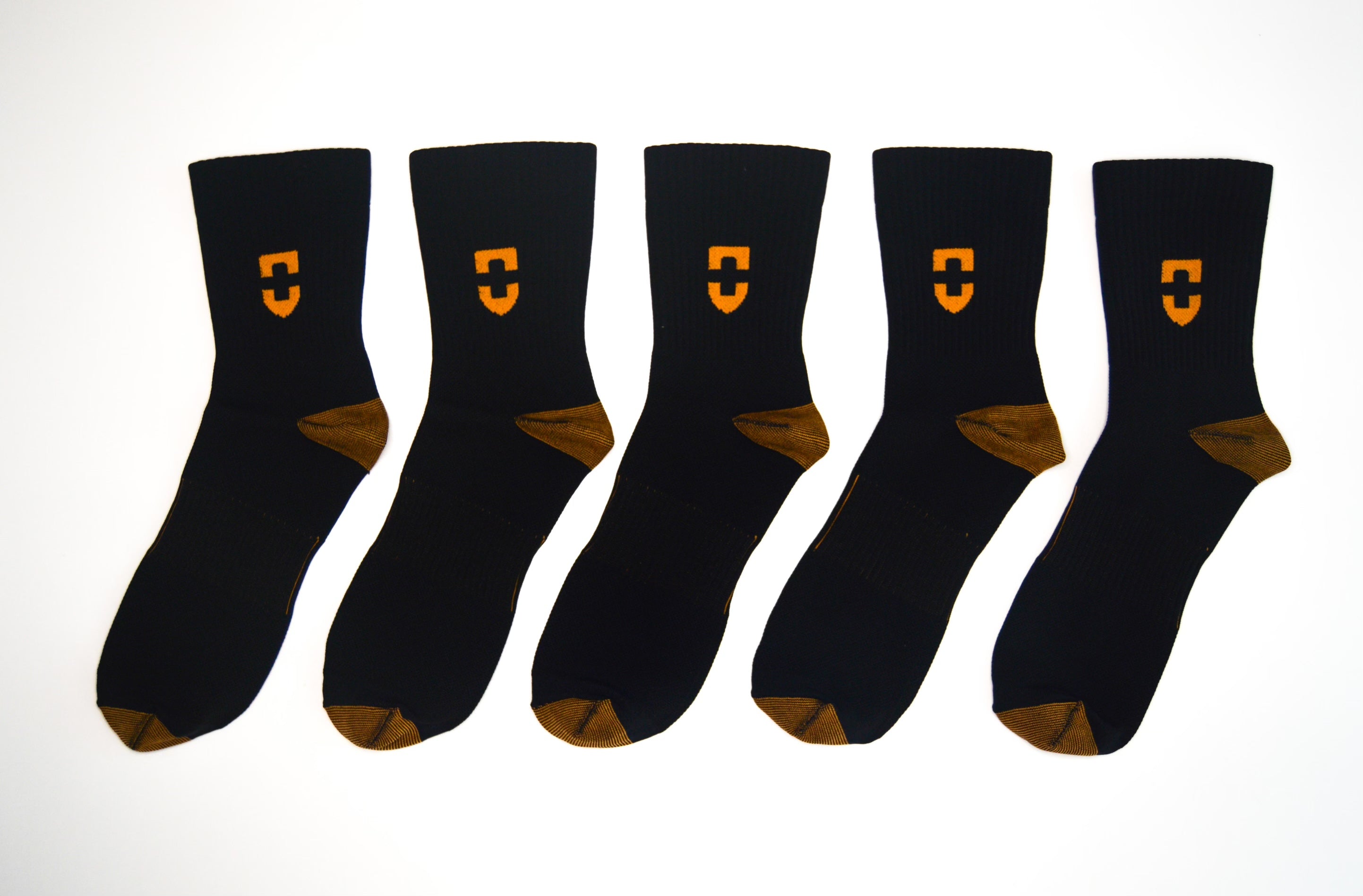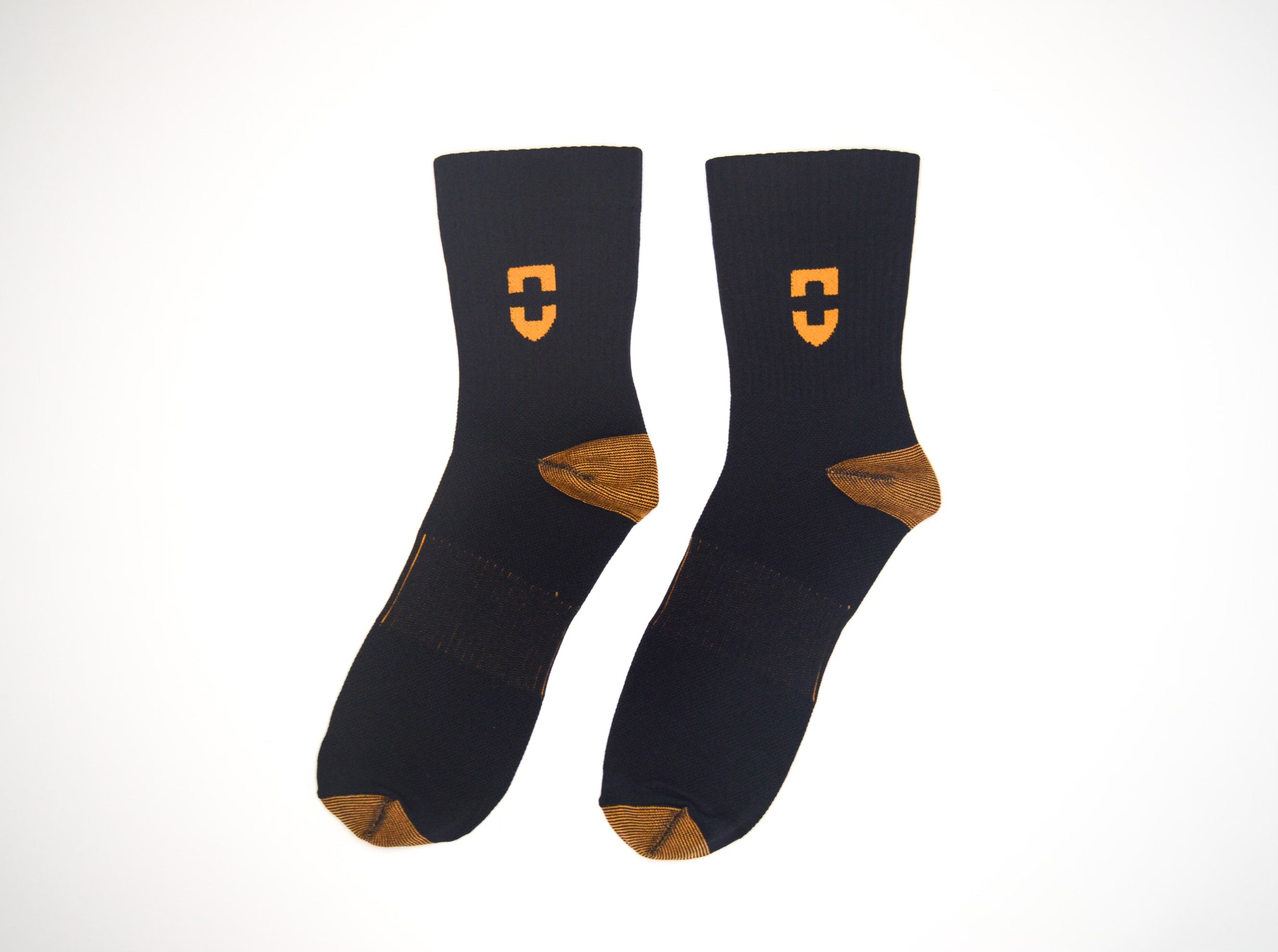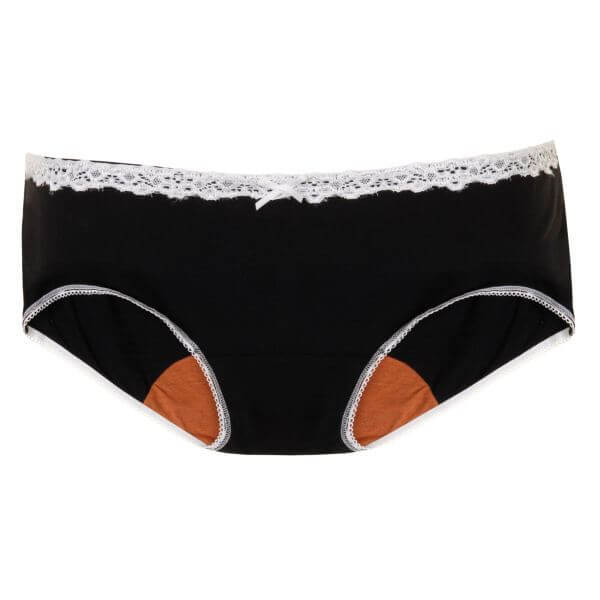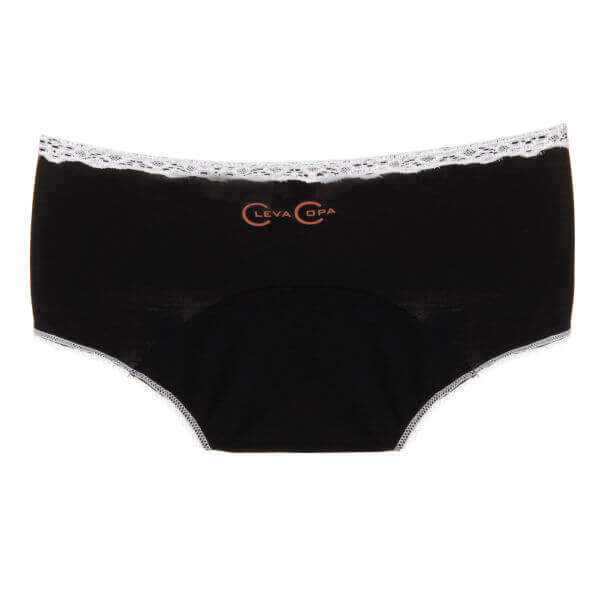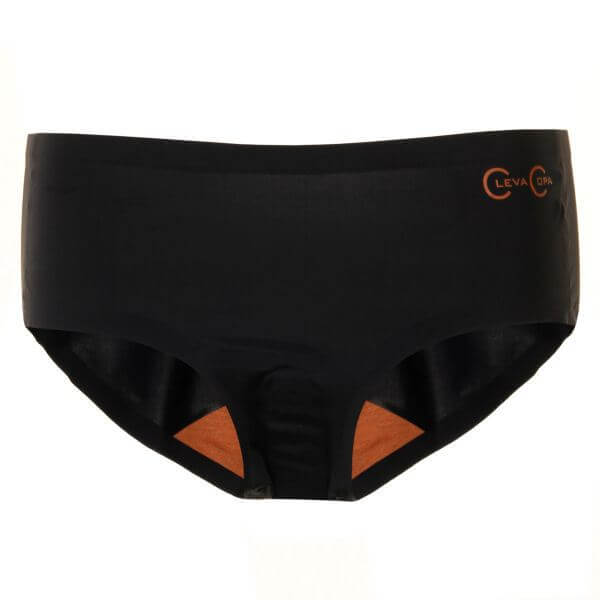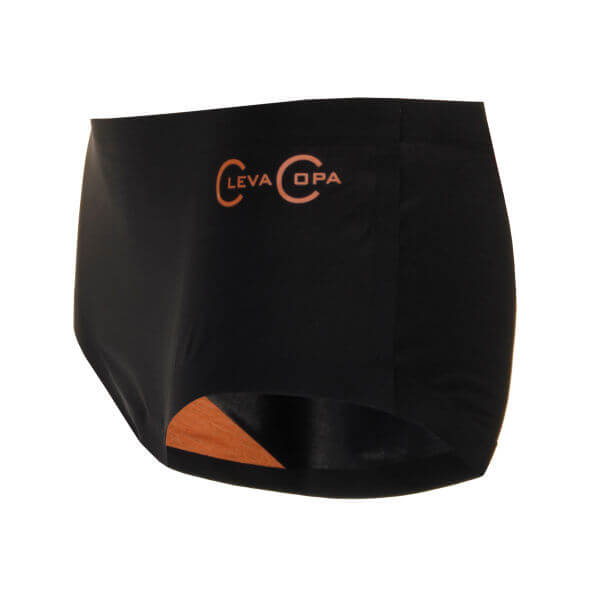Types of Face Masks & How to Use Them
Published
November 04 2020
Stay up to date on Copper Product releases & deals.
Subscribe to Our Monthly Newsletter for Deals on Product Delivered to Your Inbox!
Wearing a face mask may not be an iron-clad guarantee against getting sick. But a mask is effective in capturing droplets, which is the main source of the transmission of the Coronavirus. If you are in the vicinity of someone who is infected, wearing a mask is the safest way for you to stay protected. In case you have symptoms of the Coronavirus or have been diagnosed, wearing a mask can prevent the disease from getting passed on to those around you. The use of face masks or face coverings is recommended by the Centers for Disease Control and Prevention (CDC), along with careful hand washing and social distancing by the public will help prevent the transmission of the virus and save lives. With all the information about the kind of masks and what protection you should use to stay safe during the pandemic that’s going around, it is important for you to know what kind of mask will best suit your needs. Let us understand what all these new face masks / respirator terms mean:
What is the difference between a face mask and respirator?
- Masks cover the nose and mouth and are loose-fitting
- They are designed for one way protection to capture bodily fluids from leaving the wearer
Respirators
- They are tight fitting masks designed to create a facial seal
- They have two way protection and filter both the inflow and outflow of air
KN95 vs N95 vs FFP2
The most commonly discussed respirator type is N95. This is an American standard managed by NIOSH – part of the Center for Disease Control (CDC). Europe uses two different standards. The “filtering facepiece” score (FFP) comes from EN standard 149:2001. Then EN 143 standard covers P1/P2/P3 ratings. Both standards are maintained by CEN (European Committee for Standardization). According to 3M documentation – “it is reasonable to consider China KN95, AS/NZ P2, Korea 1st Class, and Japan DS FFRs as equivalent to US NIOSH N95 and European FFP2 respirators”.
| Respirator Standard | Filter Capacity (removes x% of all particles that are 0.3 microns in diameter or larger) |
| FFP1 & P1 | At least 80% |
| FFP2 & P2 | At least 94% |
| KN95, N95 | At least 95% |
| KN99, N99 & FFP3 | At least 99% |
The three most common types of masks that exist and how they can help.
-
FFP1: 3 ply surgical face masks
These are the most common masks you see around you today. They offer the least filtering of all masks and are used as surgical masks or dusk masks at home. It is important to note that a surgical mask will not prevent the wearer against airborne infections, but are primarily designed to protect vulnerable patients from spreading their germs when coughing, sneezing, speaking.
-
FFP2 / KN95 / N95
These respirator masks have a 94-95% filtration percentage and are mainly used by healthcare professionals for protection against influenzas. Currently, they are used for protection against the Coronavirus.
-
FFP3 / KN99 / N99 and above:
The Gold Standard as far as face protection goes. They are effective in preventing droplets of moisture from passing through their filters. If someone who sneezes has a viral infection wearing a KN99 mask, it will provide them protection from spreading the disease to others. This mask is most effective in spreading respiratory diseases.
What extra protection could Copper in a face mask provide?
Copper has been used throughout history as the first layer of protection against bacteria, viruses and fungi. There is a vast amount of research and published evidence globally highlighting the effectiveness of how copper can be used to prevent the next pandemic. The globally renowned Lancet Medical Journal recently published a report highlighting that the Coronavirus lasted on the outside of a surgical mask for 7 days Masks made by Copper Clothing infuse copper into the first outer layer of fabric, to help aide stopping the transmission of bacteria and viruses than non-copper face masks. Now if someone sneezes of coughs around you the 99% filter combined with the unique copper outer layer will help protect you from the transmission of germs.
Another recent study published by The New England Journal of Medicine found that the Coronavirus can live on cardboard for 24 hours, and on plastic and steel for up to 72 hours, and only up to 4 hours on Copper metal surfaces. Copper Clothing’s copper-infused fabric is known by studies conducted by Professor Bill Keevil of the University of Southampton, to kill superbugs (MRSA) faster than copper metal itself within the first 30-40 minutes of contact, effectively showcasing the power of copper in everyday products. Most importantly, unlike other non-copper face masks, the copper-infused masks are completely re-usable and washable making them perfect for long term use. The copper ions are bonded on a molecular level, meaning they are known to last the lifetime of the product. Note that with all types of face masks it is important to combine with good hand hygiene practices before putting on and taking off the face mask. Using a face mask is only effective if you know how to use one properly. Here are some tips to do so:
-
Clean your hands with soap and water before putting on the mask
-
Cover your mouth and nose with the mask and make sure there is no gap between your face and the mask.
-
Avoid touching the mask while using it. If you do touch it, clean your hands with soap and water.
-
Replace the mask with a new one as soon as it is damp.
-
To remove the mask, remove it from behind, discard in a closed bin and wash your hands with soap and water.
We hope you stay safe, remain indoors, and practice good hygiene to make it safely through this pandemic.










